Samsung Galaxy S 2 (International) Review - The Best, Redefined
by Brian Klug & Anand Lal Shimpi on September 11, 2011 11:06 AM EST- Posted in
- Smartphones
- Samsung
- Galaxy S II
- Exynos
- Mobile
Camera - UI and Video Quality
The cameras on SGS2 get a sizable upgrade from the previous generation. To start, SGS1 shipped with a 5 MP rear facing camera with AF, and VGA front front facing camera, (though the USA variants only got one when SGS4G packed one), and devices that are essentially SGS at their core have since shipped with them, and sometimes with flash.
SGS2, however, includes an 8 MP rear facing camera with LED flash and autofocus, and a 2 MP front facing camera. Thus far it appears as though things are going to be considerably more constant across SGS2 variants, with all three USA-bound variants including the same specs on paper at least.
I suppose a good a place as any to start is the camera UI, which gets a significant revamping in SGS2. The UI is much cleaner and looks more mature, with less of the bubbly rounded edges and more of a clean square look. There’s also no toggling UI elements on and off for a ‘lite’ view, you get this and this only. The bottom or right bar mirrors iOS’ camera application, with a toggle for photo and video, preview on the other side, and rectangular capture button in the center.
Tapping anywhere in the preview does an autofocus for that region, though auto exposure is either done by center metering, spot, or a matrix - tapping doesn’t change that.
You can long-press on either of the two top left icons (switch cameras, change flash) and add two more shortcuts. The settings button on the bottom left brings up an overlay with more capture options, which there is a wealth of.
Self shot functionality, flash, shooting modes, scene modes, exposure, focus modes (auto, macro, or face), resolution, white balance, ISO, metering, outdoor visiblity (an mDNIe toggle), anti-shake (electronic), auto contrast, blink detection, image quality, GPS, and storage location, phew - anyone still with me? That’s about everything, and I’d encourage checking out the gallery for a tour of all of it.
Switching to video mode keeps much the same settings, just with the differences you’d expect to accommodate video. Video capture resolutions include VGA, 480p, 720p, and 1080p, flash is either on or off, and there are fewer shooting modes. For some reason, the SGS2 uses 480p by default instead of 720p or 1080p, honestly I don’t know why anyone would use anything but those two higher settings.
The UI also correspondingly goes transparent to accommodate the 16:9 aspect ratio of these modes, though it doesn’t disappear or go away fully.
I suppose that’s as good a time as any to talk about video quality on SGS2. The device has continual autofocus, which you can see working in our test videos. We’ve done the usual thing and taken videos at the bench location with a reference Canon Vixia HF20 alongside the phone-under-test on a dual-camera bracket. I’ve taken comparison video from the camcorder and the SGS2 and uploaded the lot to YouTube, in addition to putting zipped up copies on the server (415.1 MB) for interested parties to download and see without the YouTube transcode.
In 1080p mode, SGS2 records 1080p30 video in H.264 High Profile with 1 reference frame at 17.0 Mbps. This is 2 Mbps above the Droid 3’s 15 Mbps High Profile 1080p video which we were a fan of, and it now appears that Exynos 4210 has just as competent of a hardware encoder as OMAP 4430, supporting high profile features and delivering high bitrate at the same time. Audio however is just single channel AAC at 60 Kbps, which is disappointing considering the SGS2 has two microphones, though it appears that top mic is used exclusively for Audience.
Subjectively the 1080p30 video shot on SGS2 looks like the best we’ve seen so far, there’s no blocking in the dark regions, great high spatial frequency detail, and really nothing to complain about. Exynos also supports 16x16, 8x8, 4x4, and 8x16 DCTs, but only encodes with backward references and one reference frame (much like OMAP4’s encoder). The point is that there’s still room for even better encoder efficiency which would come from encoders that use 2–4 reference frames and forward references. Sadly such encoders probably won’t be around for a while however.
The 720p30 preset records at 12.0 Mbps with the same encoding features as 1080p, meaning its encoding is of similar quality at this preset.
There’s a difference in crop factor that takes place when switching between 720p and 1080p shooting modes. 1080p clearly puts the sensor in a mode where it only reports a square 1920x1080 shaped region back, whereas 720p appears to perhaps use a 2x2 binning, and 480p or lower resolutions appear to just decimate the full sensor output. The result is that as you move to lower video resolutions, you get a wider field of view.
Again video recording quality on SGS2 is decidedly awesome in 1080p mode, though 720p could be better with better encode settings, the device shoots some of the best video we’ve seen out of a smartphone to date.


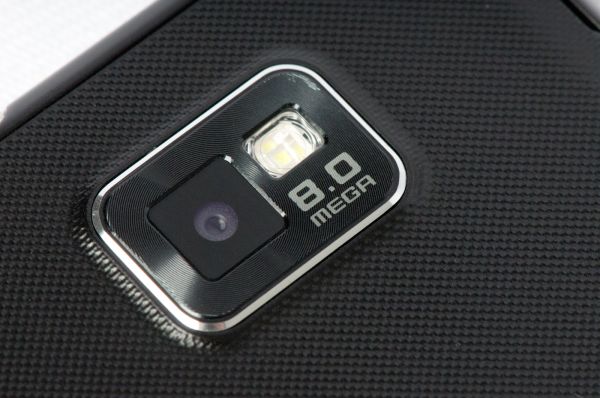
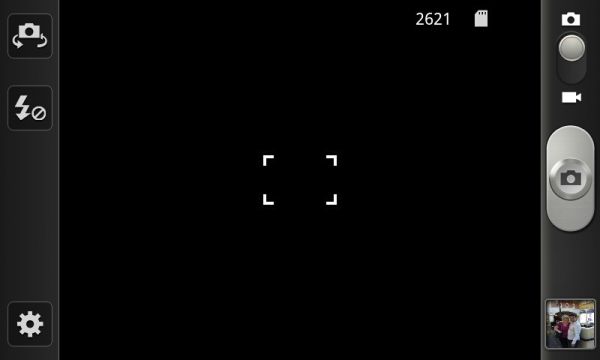
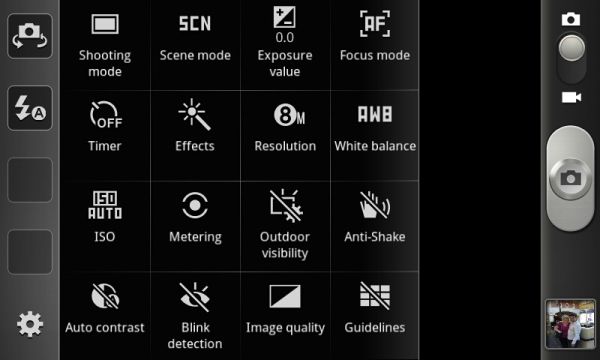
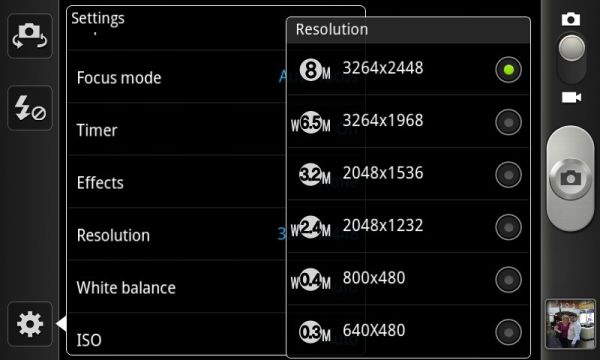
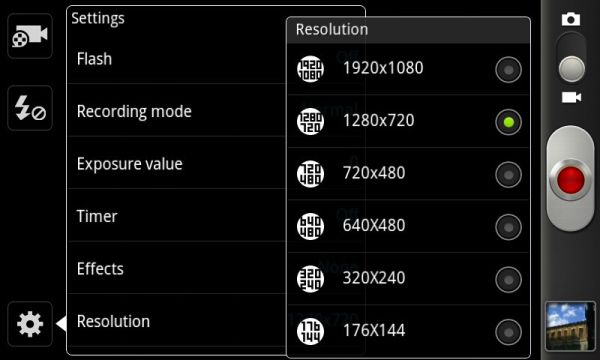
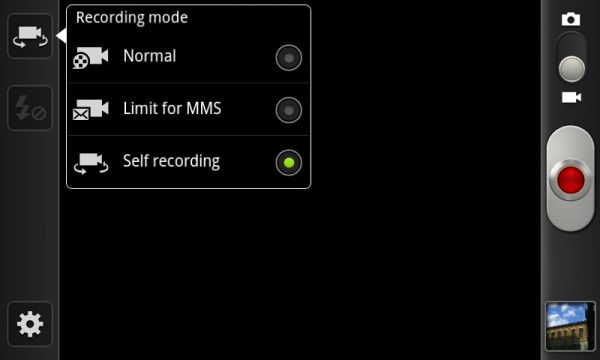
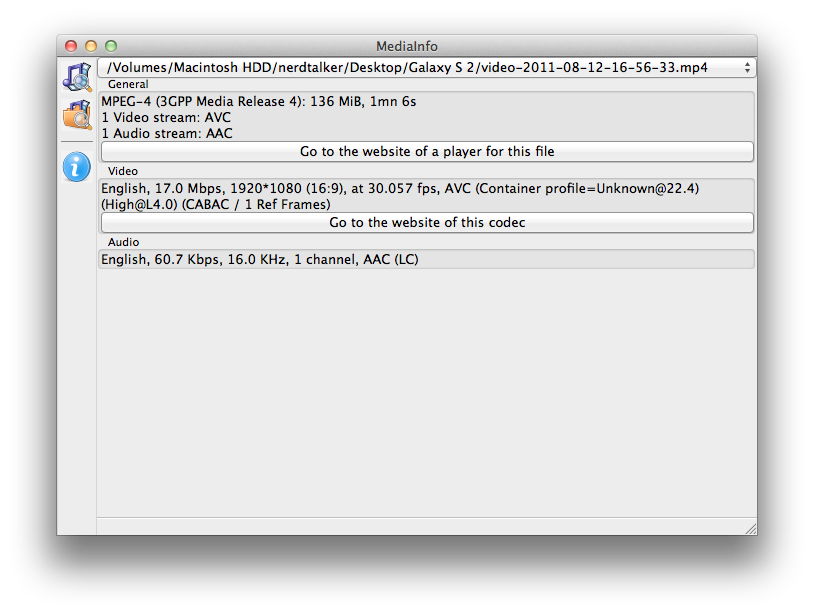








132 Comments
View All Comments
Astri - Sunday, September 11, 2011 - link
Great work, the difference is obvious! Cant wait for the releasethanks for your reply. is good to know that is not hardware issue. it gives us hopes for quality gradients in future sw updates
supercurio - Sunday, September 11, 2011 - link
I'm glad it works for you ;)Don't expect Samsung to change the screen rendering in an update because if some would prefer "Native", others would not after loosing some perceived sharpness even if it's an artificial one that creates halos and artifacts.
Anyway the app is here, and free!
Jon Irenicus - Monday, September 12, 2011 - link
Your audio section scared me about the audio quality, is there any chance the US sprint variant will use a different DAC? or get a tweaked version of the Yamaha DAC?supercurio - Monday, September 12, 2011 - link
From dumps I received AT&T and Sprint versions are exactly the same for audio.T-Mobile, I'm not sure yet, I got some dumps from an non released device with a separate Yamaha headphone+speaker driver that looked like a potential T-Mobile Galaxy S II.
No idea about the DAC itself today.
Gnarr - Sunday, September 11, 2011 - link
"TouchWiz 4.0 is a much cleaner, less claustrophobic, and considerably less garish experience."http://en.wikipedia.org/wiki/Claustrophobia
DeciusStrabo - Monday, September 12, 2011 - link
"something feels claustrophobic" isn't an uncommon phrase for saying something feels small, cluttered and cramped.jigglywiggly - Sunday, September 11, 2011 - link
THIS IS THE MOST INDEPTH REVIEW FOR A PHONE EVAROmid.M - Monday, September 12, 2011 - link
And their childishness?Look what they've done to the American versions of the SGS2. Childish, for wanting their own "version" of an amazing phone. Why mess with a great thing? Oh, because you don't want to just compete on service--as you should--you want "exclusive" features on your version of the phone?
Wish I was on AT&T so I could import the Int'l version.
Brian,
I'm honestly amazed at your 180. I recall you being a little "so what?" about the SGS2 (this is way back before summer 2011) and now it looks to be your favorite smartphone (I think). And we know you're a harsh critic :)
I hope we get to see soon what the SGS3 might look like: will Samsung keep with the Exynos SoC and add LTE to compete with Krait? What will the next gen Mali GPU look like? Next Gen SAMOLED? So curious...and yet, we know an SGS3 wouldn't reach America for at least another 18 months...hopefully, VZW customers won't be let down by a Nexus Prime (and that includes bloat).
The addition of Supercurio (Francois) is perfect; you have a talented dev who is passionate enough to explain to the layman how things work. He's helped me on more than one occasion when I had a Fascinate :)
Great work, Anand, Brian, and Francois. One of the best reviews I've ever read on any product. No question.
@moids
ph00ny - Monday, September 12, 2011 - link
Agreed. My main reason for purchasing the international version this time around was to receive more timely updates along with less restrictions.As for next gen, there is already a LTE version of SGS2 and ARM already announced the next gen Mali graphics quite some time ago. Regardless, no one knows if samsung will use mali's gpu on the SGS3 and hopefully the SGS3 will come in an ATT compatible flavor when it's released
Brian Klug - Monday, September 12, 2011 - link
I definitely admit that I was very *meh* about the phone after seeing it at MWC. It clearly has come a really, really long way, and now it's my absolute favorite Android device because of all those reasons outlined above - just incredible smoothness and huge performance. :)-Brian